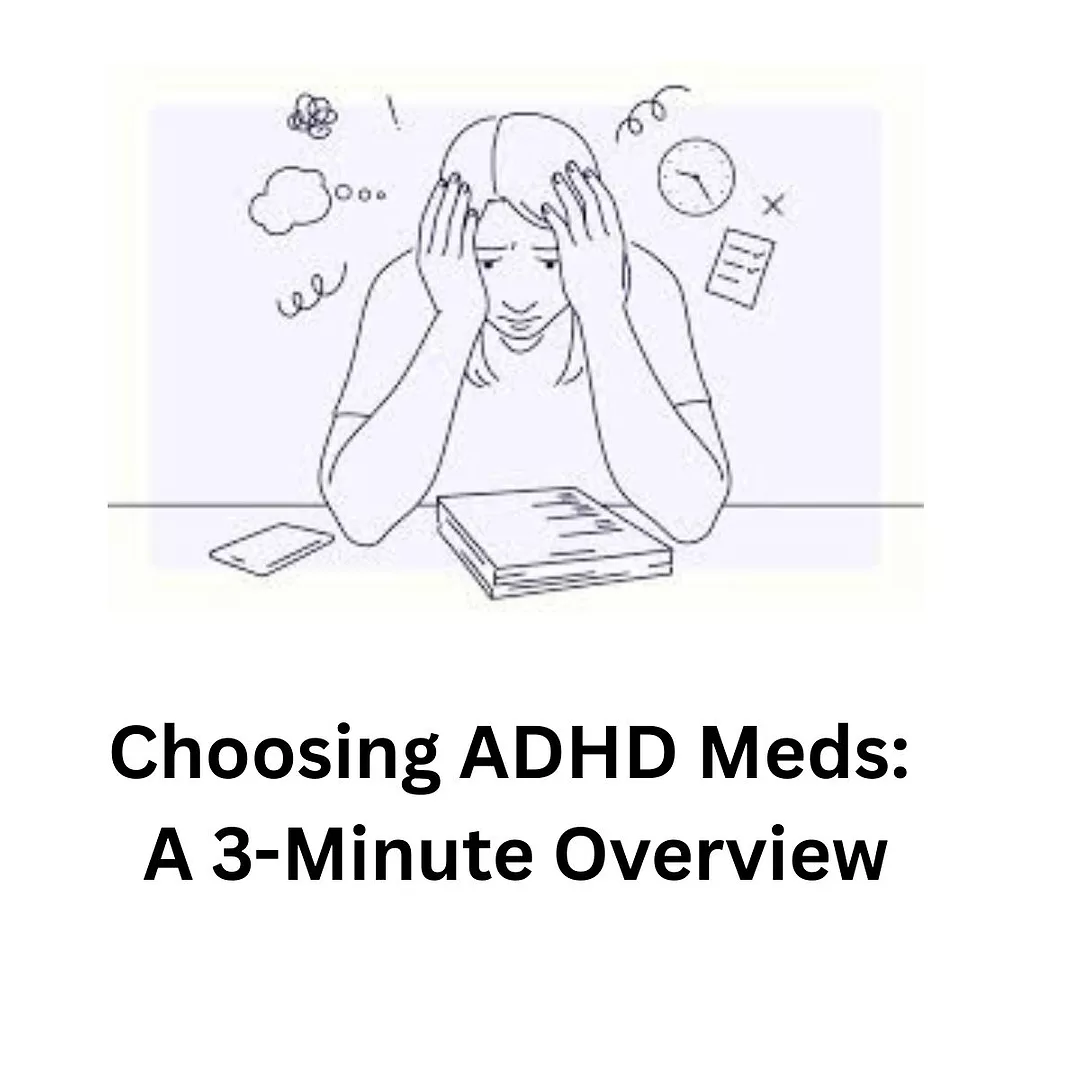ADHD pharmacology can feel overwhelming. Dozens of formulations. Conflicting data. High stakes for outcomes—and side effects. Each chapter of our Medication Fact Book starts with general tips, and I’m revising the ADHD section for our 8th edition.
Here’s the ultra Cliff Notes version:
Stimulants vs non-stimulants Stimulants are more effective—unless there’s a reason not to use them. Viloxazine may have a faster onset than atomoxetine, but it’s still pricey.
Long- vs short-acting Long-acting for coverage and adherence; short-acting for flexibility and titration.
Amphetamines vs methylphenidates Amphetamines often work better in adults; methylphenidates may be safer for kids or those at risk of mood symptoms.
Dosing Start low, go slow—especially in adults, who often require higher weight-based doses.
Formulations Yes, fancy formulations are multiplying (often for marketing). But options like Jornay PM (night-before dosing) can solve real-world timing challenges.
Coverage Extended-release meds typically last 8–12 hours. Use an IR booster—or 16-hour Mydayis—if you need more.
Cost Vyvanse just went generic, but it’s still more expensive than most generics—for now.
Misuse 1 in 4 adults misuse their Rx—amphetamines carry 3x the risk vs methylphenidates (Han B et al, JAMA Psychiatry 2025).
Takeaway Don’t just pick a drug—build a strategy. Match the med to the patient’s day, risks, and comorbidities.
What’s your go-to framework for choosing ADHD meds? Share to help clinicians cut through complexity and personalize care. Follow me on LinkedIn for practical insights from the upcoming Medication Fact Book, 8th edition.
Related Links
Amphetamine vs Methylphenidate Webinar with Chris Aiken, MD
How to Select a Stimulant Formulation Webinar with Chris Aiken, MD
ADHD Algorithm (Carlat Psychiatry Podcast) Podcast Episode with Joshua Feder, MD and Mara Goverman, LCSW


_-The-Breakthrough-Antipsychotic-That-Could-Change-Everything.webp?t=1729528747)



